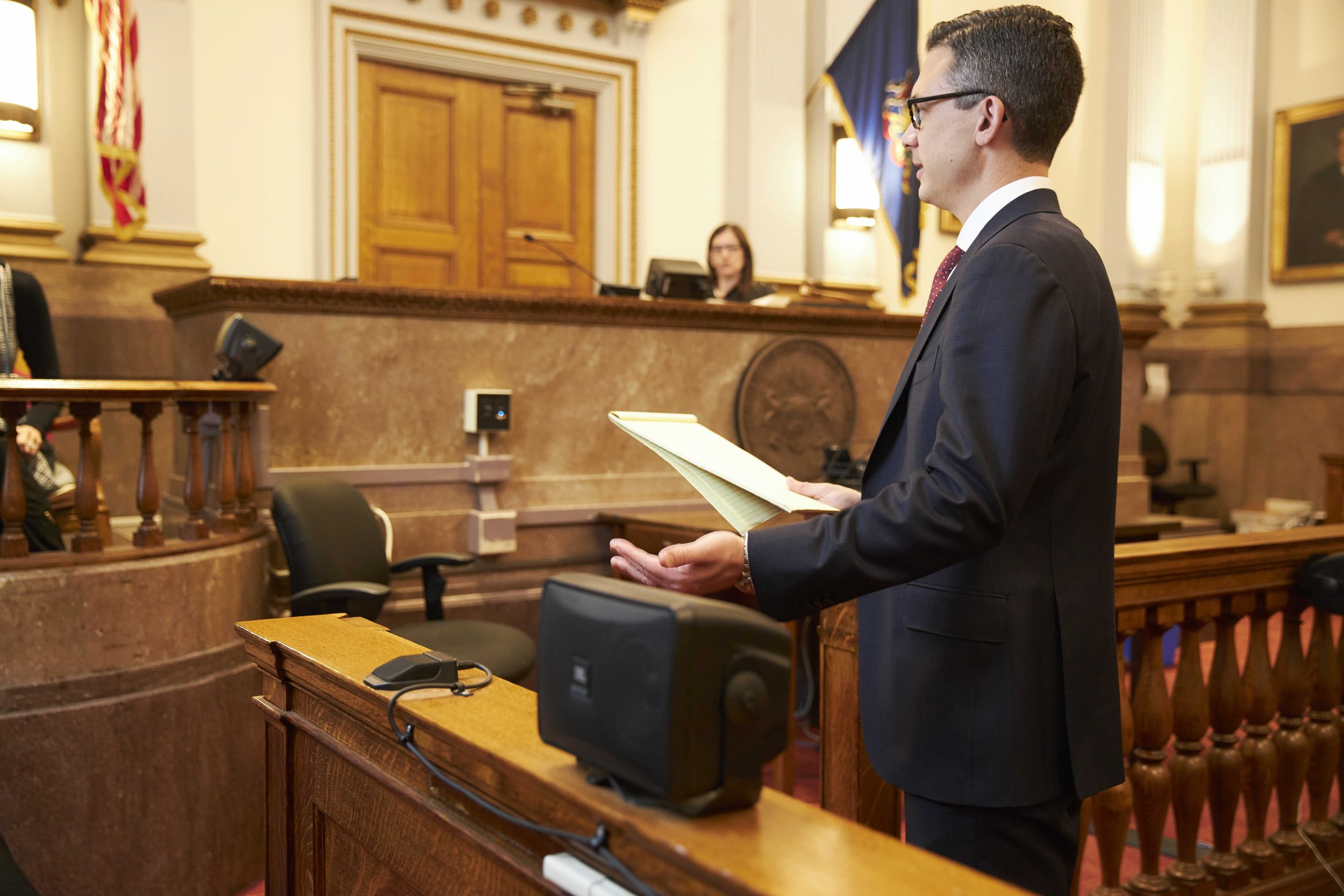Best Federal Appeal Lawyers: Getting Justice in Federal Appeals
Best Federal Appeal Lawyers: Getting Justice in Federal Appeals
Blog Article
Debunking the Process of Federal Appeals: What You Need to Know
Browsing the detailed world of federal allures can typically appear like going across uncharted waters for those unfamiliar with the process. Recognizing the nuances of appellate court territory, the ins and outs of submitting a notice of appeal, offering an engaging brief, and making an influential dental disagreement are crucial parts that can considerably impact the outcome of an instance. By untangling the layers of intricacy bordering federal charms, individuals can gain a more clear understanding right into the devices that regulate this critical point of the lawful system.
Understanding Federal Appeals Refine
Exploring the detailed realm of the federal allures procedure reveals a systematic and structured trip through the judicial system. Federal charms offer as an essential device for reviewing decisions made by reduced courts. Comprehending this procedure is essential for anybody involved in lawful proceedings at the federal level.
The process commonly starts with a party dissatisfied with a lower court's judgment filing a notification of charm. This sets off an evaluation by a greater court, where a panel of judges evaluates the legal arguments offered by both parties. Briefs outlining the legal thinking behind each party's setting are submitted, and dental arguments may be heard to make clear complex concerns.
The appellate court's decision is based on a complete examination of the reduced court's process and the disagreements presented. As soon as the appellate court gets to a choice, it can attest, reverse, remand, or customize the reduced court's ruling, supplying clarity and finality to the lawful disagreement.
Appellate Court Jurisdiction Described
As we advance from understanding the federal charms process to studying the complexities of appellate court jurisdiction, a basic element comes to light pertaining to the authority and limits of these higher courts in the legal landscape. Appellate court jurisdiction refers to the range of situations that a specific appellate court has the power to determine and review upon. Unlike high court that hear situations for the first time, appellate courts are restricted to evaluating choices made by reduced courts. These decisions can consist of judgments from both state and federal courts.
Appellate courts have territory over specific kinds of instances, normally those including lawful mistakes, step-by-step concerns, or questions of law rather than factual conflicts. The territory of appellate courts is normally detailed in statutes and legislations that regulate the court system. Recognizing appellate court territory is vital for events included in the charms process as it identifies whether a case is eligible for testimonial and the degree to which the appellate court can intervene in the lower court's choice.
Declaring a Notification of Allure
The first action in starting the federal allures procedure entails filing a Notification of Appeal with the proper appellate court. This essential document officially informs the court and the various other parties involved in the instance that the appealing party intends to seek a testimonial of the reduced court's choice. Submitting a Notification of Appeal is a strict procedural requirement that establishes the appellate process in movement.
When preparing the Notification of Charm, it is necessary to make certain conformity with the particular rules and guidelines of the appropriate appellate court. federal crime attorney. The file must usually consist of info such as the situation name, the lower court's name, the day of the judgment being appealed, and a concise declaration indicating the grounds for the appeal

Briefing and Dental Disagreement
In the appellate process, offering composed briefs and taking part in dental my link disagreements play pivotal functions in promoting for the appealing celebration's setting prior to the appellate court. Briefs are comprehensive legal documents that outline the parties' disagreements, legal authorities, and evaluation supporting their placements. These written entries supply the court with a thorough understanding of the facts of the situation, the appropriate law, and why the appealing celebration thinks the reduced court's choice need to be rescinded.
Adhering to the submission and testimonial of the briefs, oral disagreements provide the celebrations a chance to further clarify their placements, attend to any kind of concerns the appellate judges might have, and highlight vital factors from their created briefs. Oral arguments are an opportunity for the attorneys to persuade the judges with verbal advocacy and reactions to questions from the bench.
Both the created briefs and dental arguments are critical components of the appellate process, enabling celebrations to provide their situation completely and compellingly before the appellate court. - federal appeal attorneys
Receiving the Appellate Court Decision
The appellate court's choice is typically delivered in a created layout and outlines the court's final thoughts on the legal issues offered, the reasoning behind their decision, and the judgment made. The time structure for receiving the appellate court's choice can differ, but courts strive to offer prompt resolutions. Whether the appellate court attests, reverses, or remands the reduced court's choice, recognizing the ramifications of the judgment is vital for all celebrations included in the appellate process.
Conclusion
To conclude, the government allures procedure is a complicated but vital action in seeking justice. Recognizing the appellate court jurisdiction, filing a notification of charm, preparing briefs, and providing oral debates are all important parts of this procedure. Eventually, receiving the appellate court choice can offer quality and resolution to lawful disputes. It is necessary to browse the federal appeals procedure with persistance and attention to detail to accomplish a reasonable outcome.
As we progress from recognizing the federal allures process to dissecting the details of appellate court jurisdiction, a basic facet comes to light concerning the authority and restrictions of these greater courts in the legal landscape. Appellate court jurisdiction refers to the extent of instances that a specific appellate court has the power to assess and determine upon. Unlike trial courts that listen to instances for the first time, appellate courts are restricted to reviewing decisions made by reduced courts. Understanding appellate court jurisdiction is important for parties entailed in the appeals procedure as it identifies whether an instance is qualified for evaluation and the level to which the appellate court can interfere in the lower court's decision.

Report this page